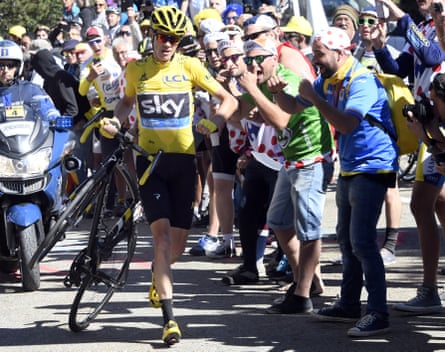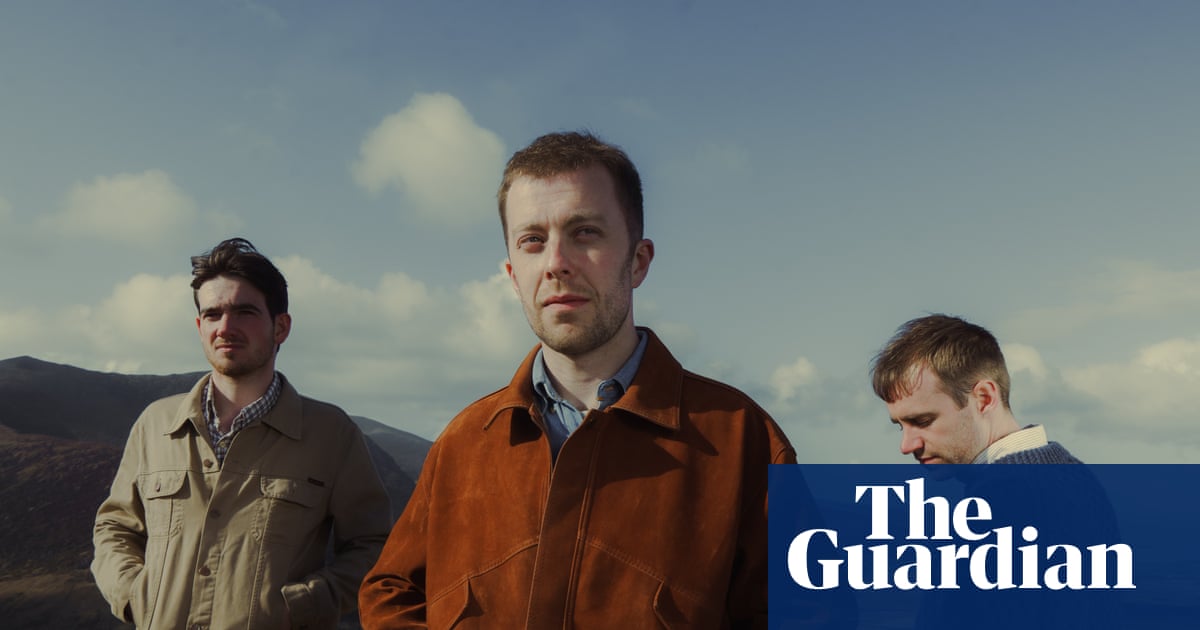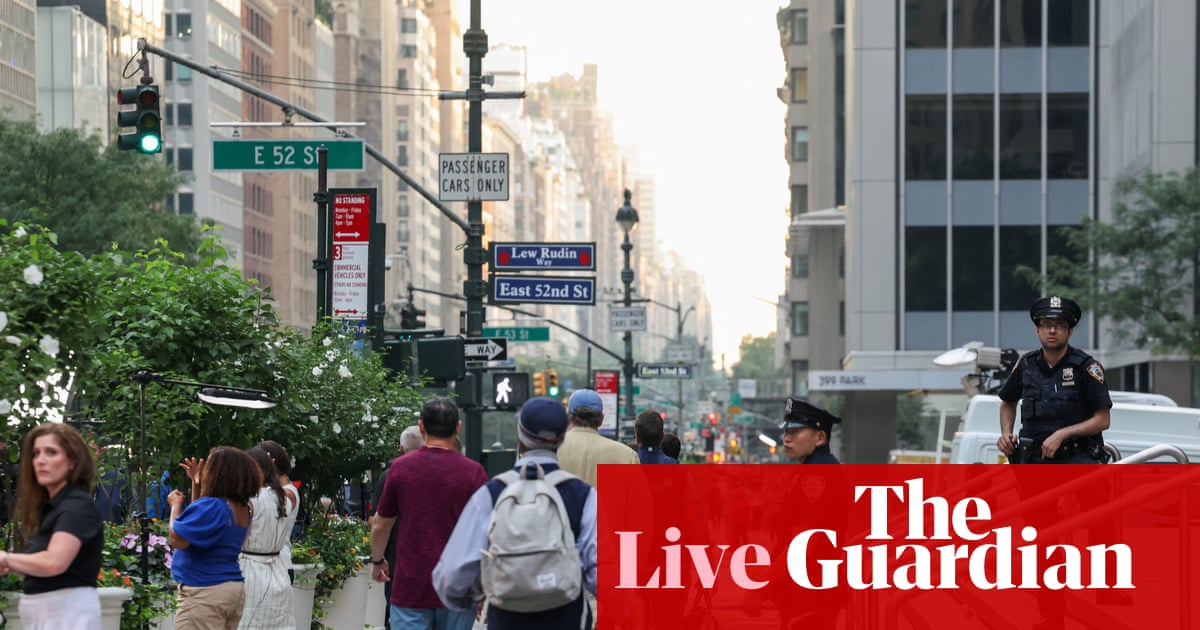The decades pass, generations of Tour de France cyclists come and go, but some gruesome things never change. On Tuesday, the survivors of one of the craziest, fastest Tours ever, a race with even less respite than usual, will do as their predecessors have done every few years since 1951: they will crest a rise in the road, and see Mont Ventoux on the horizon. A sinking in the heart will accompany the dull ache in the legs: we’re off to the Bald Mountain once again.
The men of the Tour probably won’t be thankful for small mercies, but they should be. Last time the Tour visited, in 2021, although the background scenario was the same – Tadej Pogacar had smashed the race to bits on the first serious climb and was set fair for victory – the organisers cruelly made them go over the 1,910m summit twice, in two different ways. Wout van Aert might recall that with a wry smile: the Belgian was in his prime back then and he won out of a breakaway.
The time before that, in 2016, the chaos on the mountain was such that the man who was Pogifying the race that year, Chris Froome, ran part of the way to the finish, which had been moved off the summit due to high winds. Froome might recall that utterly freakish episode with a wry smile from his home in Monaco, but it will be tinged with regret that at 40 he probably won’t be racing up the Giant of Provence again.
Tempora mutantur, but not the Ventoux. That, partly, reflects one of the key features of the Tour; the way it constantly revisits and rewrites its past in places that have barely changed since the first visit. Go round the partly banked corner at Saint-Estève and on to the virtually straight haul through the oak-wooded lower slopes, and it’s essentially the same brutal experience that the stars of the 50s, 60s and 70s might have undergone, perhaps with better tarmac as you go up with barely a hairpin to break the gradient until the final haul across the scree slopes to the top.
The Ventoux is a place where stuff happens on the Tour, very little of it good, beginning with Jean Malléjac’s near-death in 1955 and continuing with Tom Simpson’s dramatic demise in 1967. That event, which I investigated in my 2002 biography of Simpson, Put Me Back on My Bike, remains the mountain’s defining moment, lending a note of pilgrimage to every ascent to the desolate waste of wind- and frost-blasted limestone scree on its pointed summit. The generation that raced with Simpson has largely passed on – the death in April of Barry Hoban being a case in point – but the poignancy of his death and the tales around it lose nothing in the telling.

Equally memorable, if with a touch of farce, was the Froome fiasco in 2016. Froome slipping and sliding in his stiff-soled carbon shoes and clicking pedal cleats with a huge crowd baying at him was probably the most outlandish event I witnessed in 27 Tours, and the feeling then was that this kind of thing could happen only in one of three places, all equally extreme: the Ventoux, l’Alpe d’Huez, and the rarely visited extinct volcano of Le Puy de Dôme in the Massif Central.
After all, it wasn’t that long since, in 2000, most of the race infrastructure had had to be left behind due to dangerous, but not freak, high winds, meaning that when Marco Pantani won ahead of Lance Armstrong, the finish felt like a return to the 1970s. Given the extreme physical challenge and the sumptuous television images it provides, it’s not surprising that the mountain now hosts the Tour far more often than of old, pretty much matching l’Alpe d’Huez for frequency whereas in the 80s and 90s, one visit per decade was deemed enough.
The one major change in recent years concerns not the mountain itself but the area around it. Recently, the newspaper l’Equipe documented how cycling up the Ventoux is now front and centre of the local economy, with more than 90,000 cyclists each year pedalling up its slopes by the most traditional route, the southerly road from Bédoin which opens earlier in the year than the northerly route from Malaucène. On the last two visits I made to the mountain, I’d have expected the slopes to be busy when I rode up one June, but less so on a bitter October day when light snow was falling at the observatory.
Cycle cafes, cycle hire businesses and major players in the cycle industry cater for the two-wheeled hordes, far beyond the traditional stop-off point at Chalet Reynard, where the thermometer was reputed to have broken on the boiling day Simpson died. There are three dedicated photographers who make a living from selling photographs to those who ride up each day, turning over €130,000 annually in one case, not to mention the local businesses that feed and accommodate the cyclists plus major mass participation events such as sportives and gran fondos; the strangest, perhaps, being the “brotherhood of the Ventoux nutters”, membership of which goes to those who have ridden up the Ventoux three times in a single day using each of the three different ways to the summit. Given the Tour’s constant pursuit of new and televisually interesting challenges, it’s probably only a matter of time until the race follows suit.

 3 months ago
73
3 months ago
73

















































